Creating Wildlife Habitats in Your Yard
Why Backyard Habitats Matter
Healthy yards power food webs. Native trees and shrubs host countless insects, which feed nestlings and pollinators. A single chickadee family needs thousands of caterpillars, and your planting choices can make that possible this season.
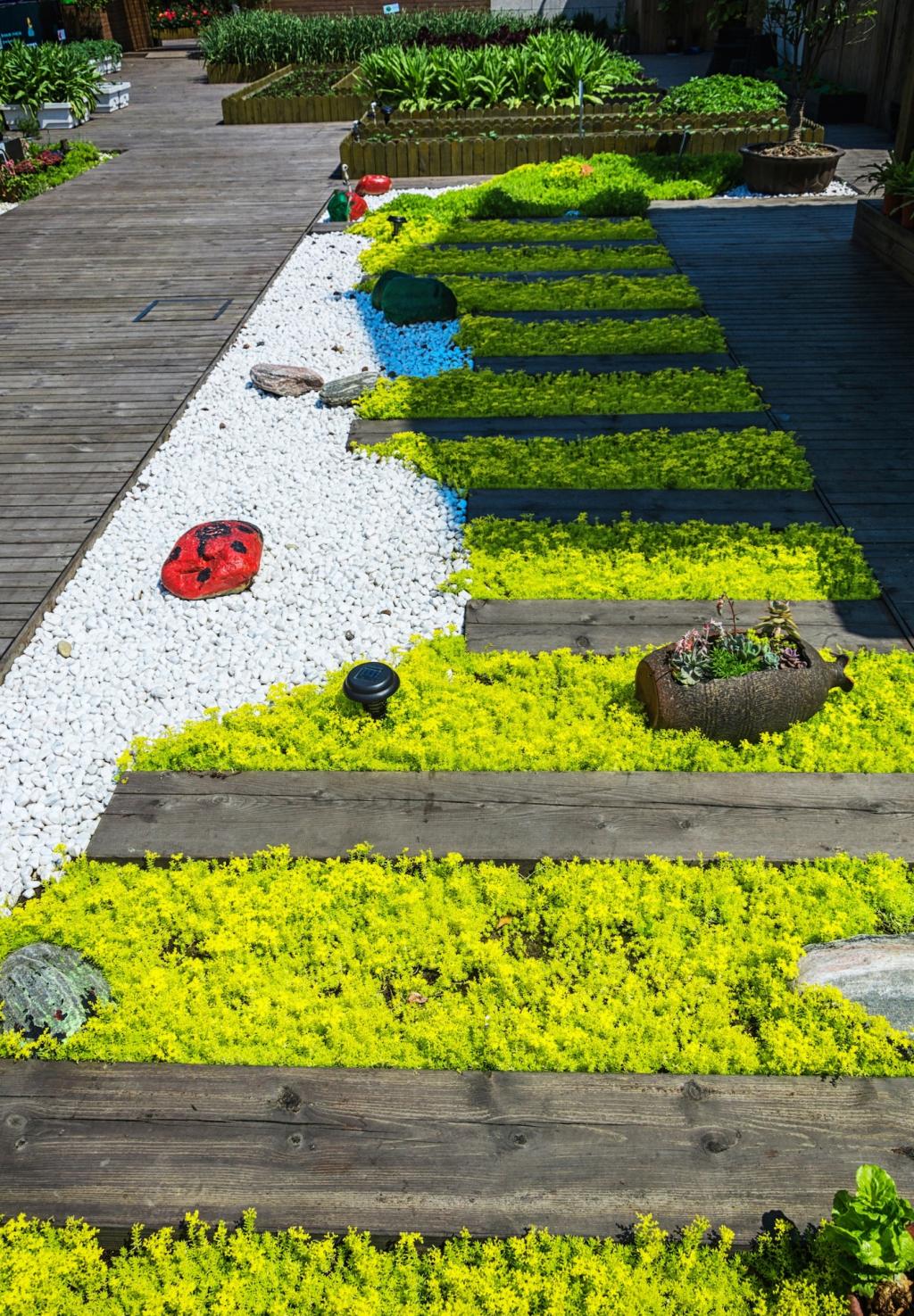
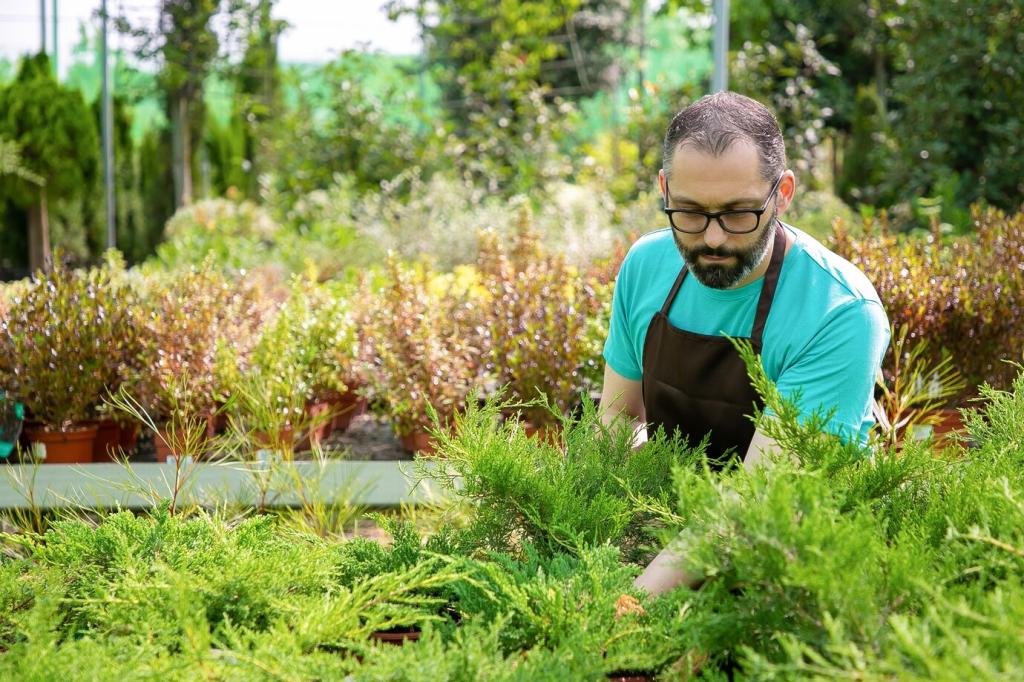
Why Backyard Habitats Matter
A neighbor swapped half a lawn for wildflowers and noticed swallowtails within weeks. The change brought color, fewer weeds, and joyful morning birdsong. Post your first steps in the comments and inspire someone nearby to begin.
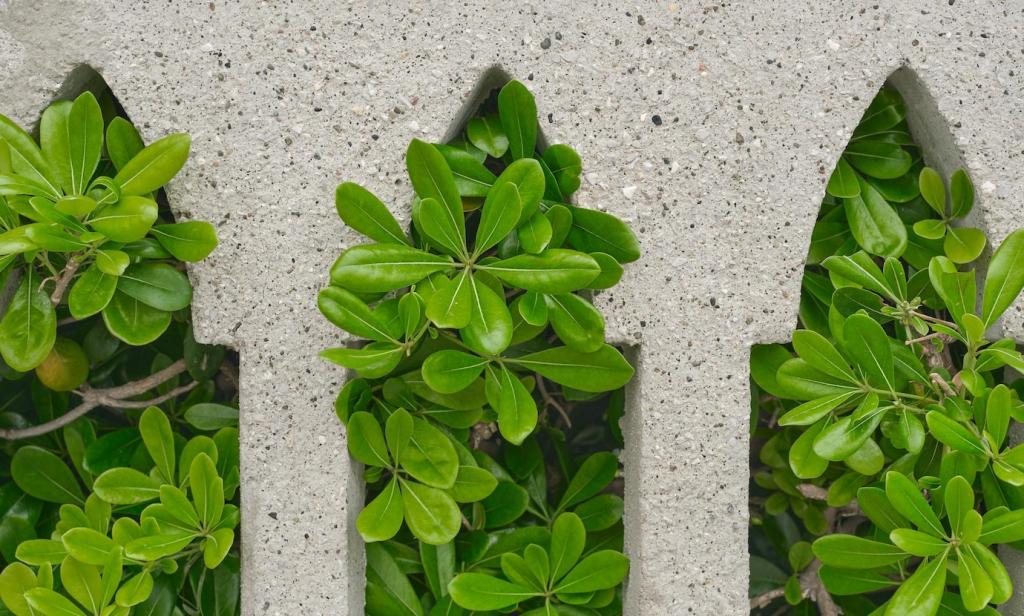
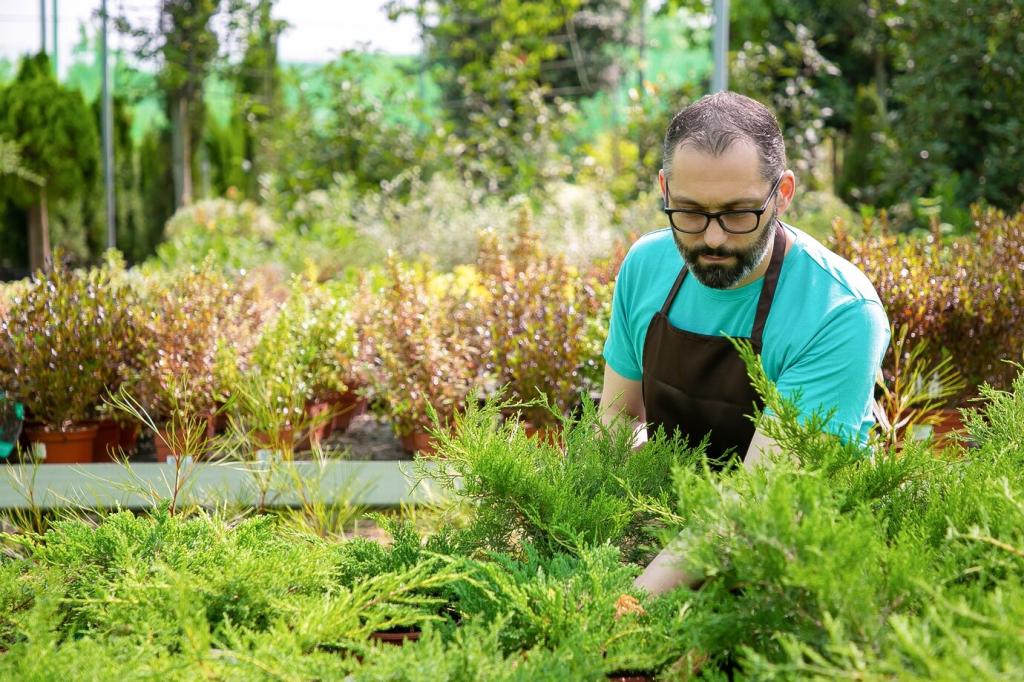
Designing Your Yard Habitat
Mimic nature with canopy trees, understory shrubs, flowering perennials, grasses, and leaf litter. Each layer offers nesting sites, cover, and forage. Comment with your current layers, and we’ll suggest a missing piece to strengthen habitat.
Designing Your Yard Habitat
Connect plantings so animals can move without crossing bare lawn. Curving beds, hedgerows, and fence-line shrubs guide wildlife between resources. Ask for a quick sketch suggestion—we’ll help you link islands into a welcoming corridor.
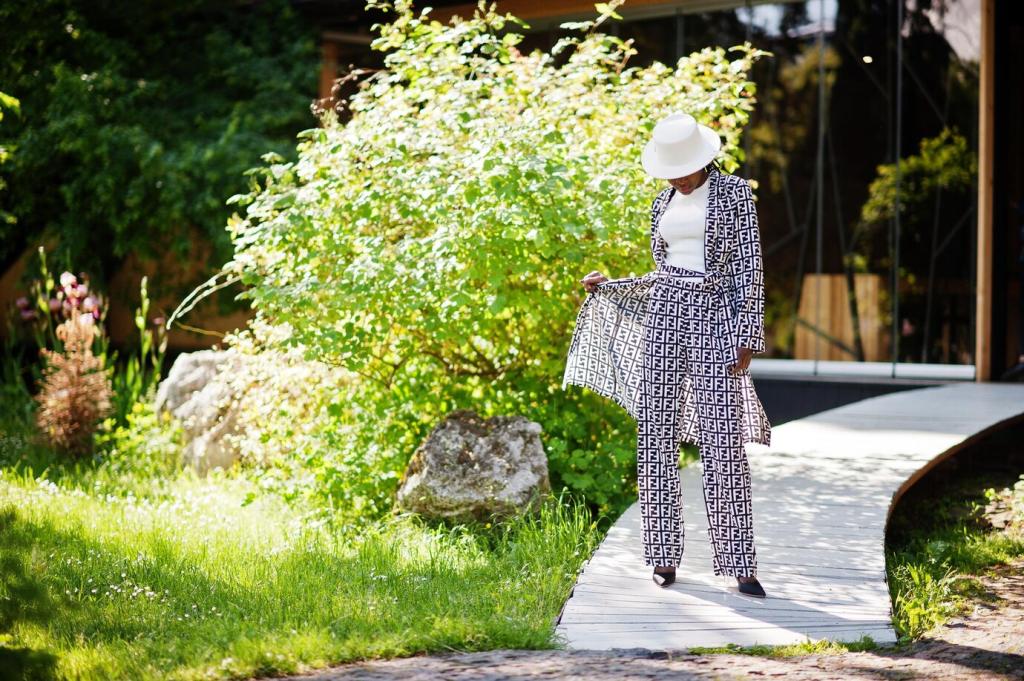
Oaks, willows, dogwoods, and serviceberries support diverse insects and produce seasonal fruit. Their branches offer perches and shelter. Tell us your region, and we’ll recommend a top native tree to anchor your wildlife-friendly yard design.
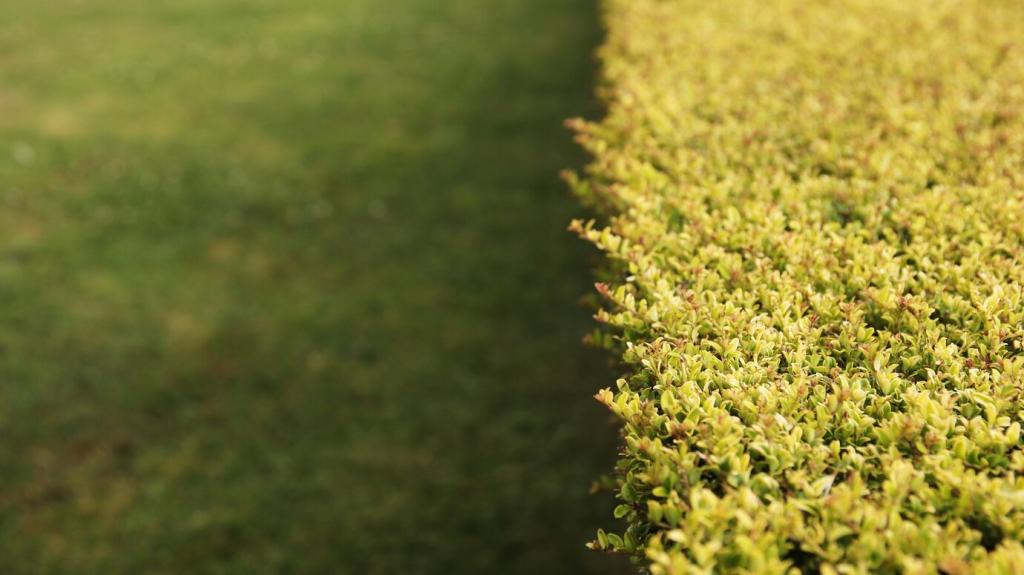
Milkweed, coneflower, goldenrod, and penstemon fuel butterflies and native bees across seasons. Plant in drifts to guide visitors easily. Comment with your bloom calendar, and we’ll help fill gaps for spring-to-frost nectar continuity.

Little bluestem, switchgrass, sedges, and wild strawberry stabilize soil, shelter overwintering insects, and feed birds with seeds. Share what groundcovers you’re considering, and we’ll match them to your light, soil, and maintenance goals.
Water, Shelter, and Nesting Essentials
A shallow dish with stones, a birdbath with a dripper, or a small rain-fed basin can be transformative. Refresh frequently and scrub weekly. Tell us how you’ll add water, and we’ll suggest placement for maximum wildlife use.
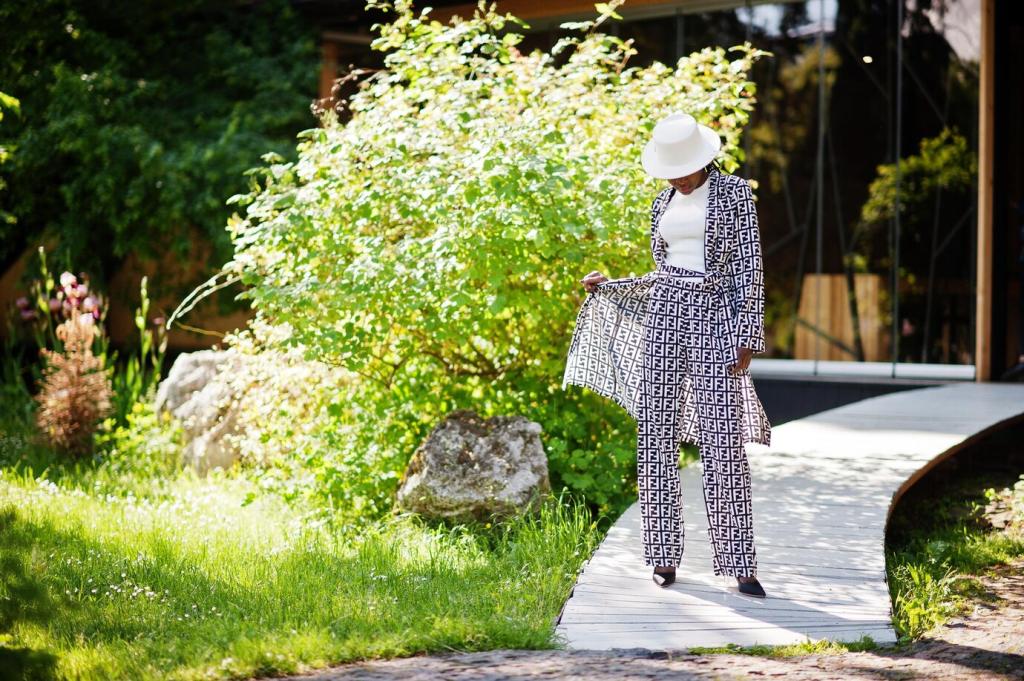
Go Pesticide-Free and Observe First
Skip broad-spectrum pesticides that harm pollinators and predators. Hand-pick pests, use row covers, and invite beneficial insects with diverse plantings. Share a pest challenge below, and we’ll brainstorm ecological fixes you can try this week.
Rethink Night Light and Noise
Use warm, shielded lights on motion sensors to protect moths and migrating birds. Quiet nights help wildlife forage and rest. Comment with your lighting setup, and we’ll suggest tweaks for darker, wildlife-friendly evenings.
Soil Health is Habitat, Too
Leave leaves as mulch in beds, compost kitchen scraps, and avoid excessive raking. Healthy soil teems with life, feeding plants and creatures above. Tell us your soil type to receive plant pairings and simple amendments that nurture habitat.
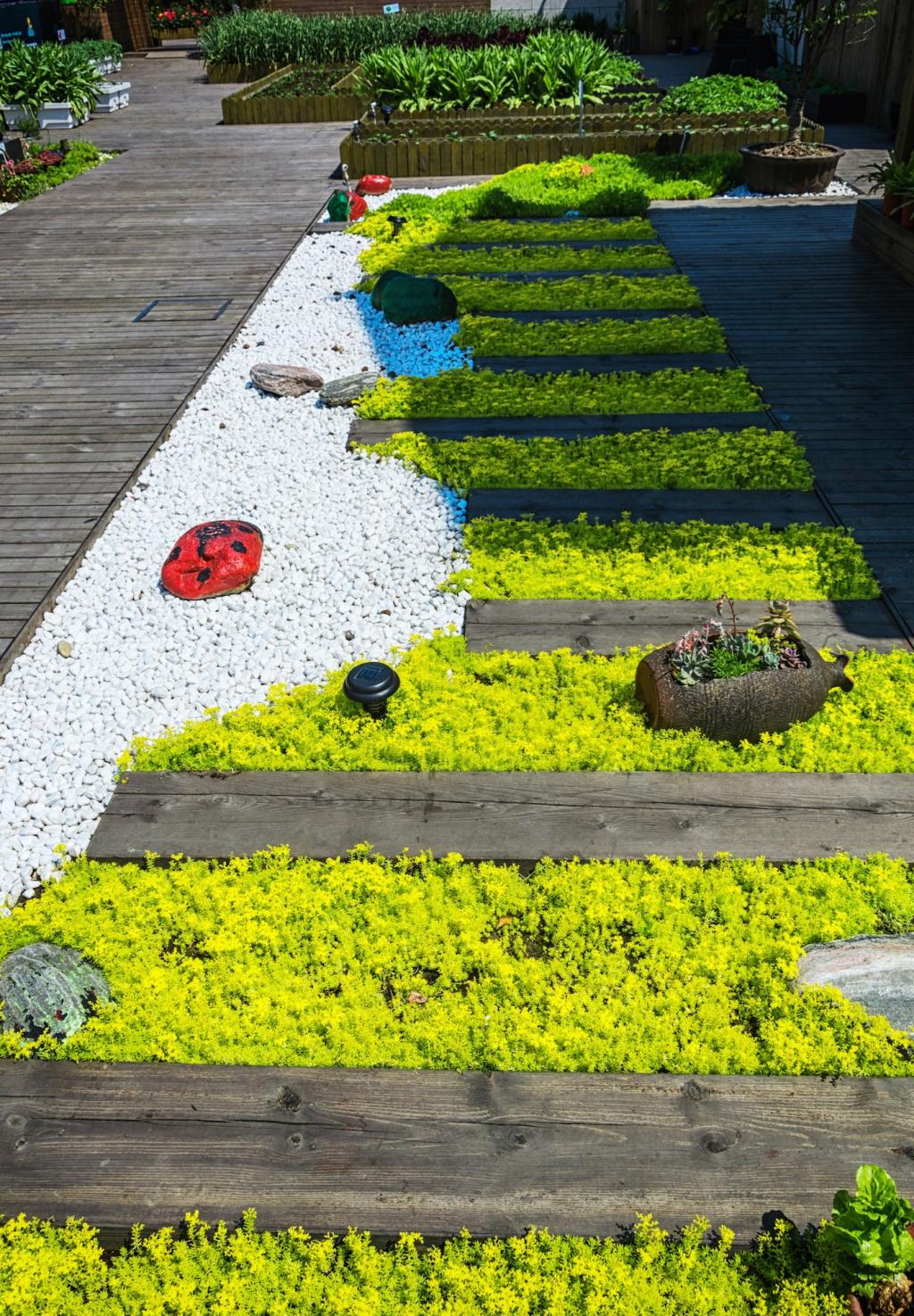
Spring: Emergence and Nesting
Delay cutting stems until warm days bring out overwintering insects. Provide early blooms like willows and violets. Share your spring checklist, and we’ll help time tasks to protect nests and newly active pollinators.
Summer: Food, Water, and Shade
Keep water fresh, deadhead selectively for continued bloom, and preserve shady retreats. Mulch to stabilize moisture during heat waves. Post your hottest-week strategies so others can learn and keep their habitats thriving through summer extremes.
Autumn and Winter: Shelter and Seeds
Leave seedheads standing for birds, and keep leaf litter for cover and insulation. Add suet or high-fat foods when cold bites. Tell us how you winterize, and we’ll offer ideas that balance tidiness with wildlife care.
Share, Learn, and Join the Movement
Keep a weekly log of sightings and bloom times to see patterns emerge. The practice sharpens your eye and guides improvements. Share a recent observation in the comments and what you think it reveals about your habitat.
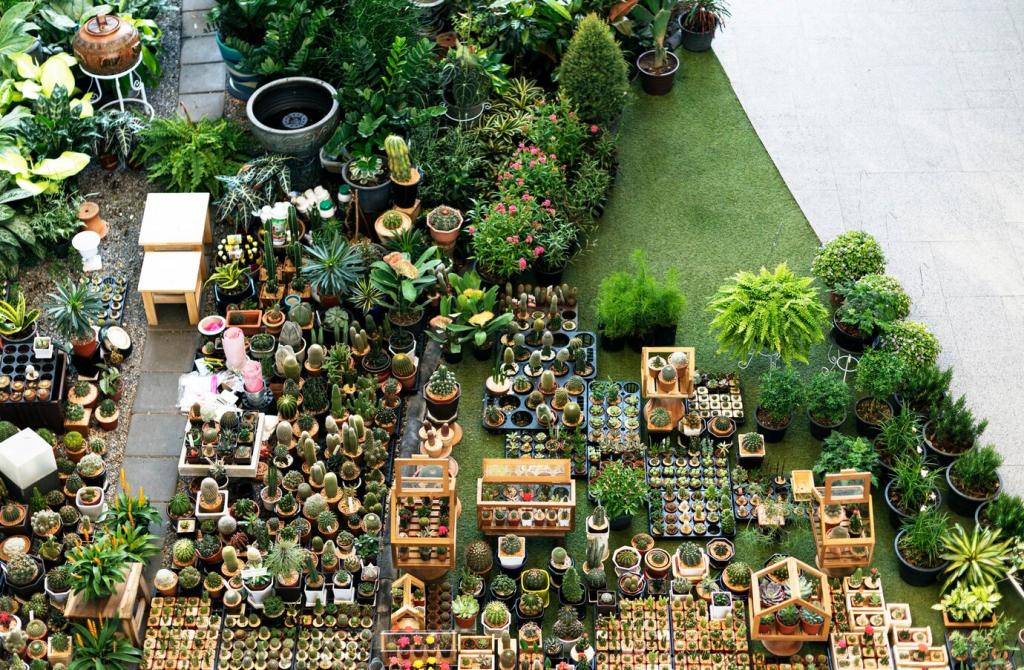
Share, Learn, and Join the Movement
Participate in native plant swaps, bird counts, and pollinator monitoring projects. Community science amplifies your backyard’s impact. Ask for organizations in your area, and we’ll recommend groups and events aligned with your habitat goals.
